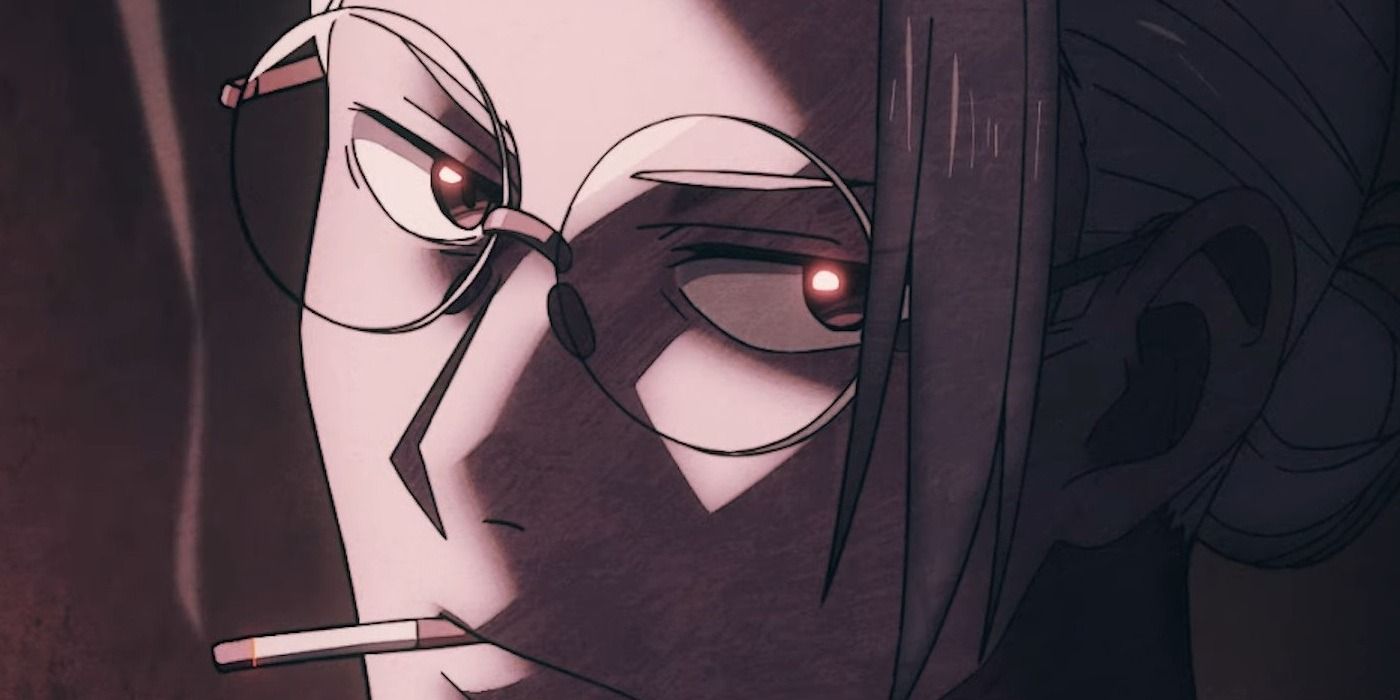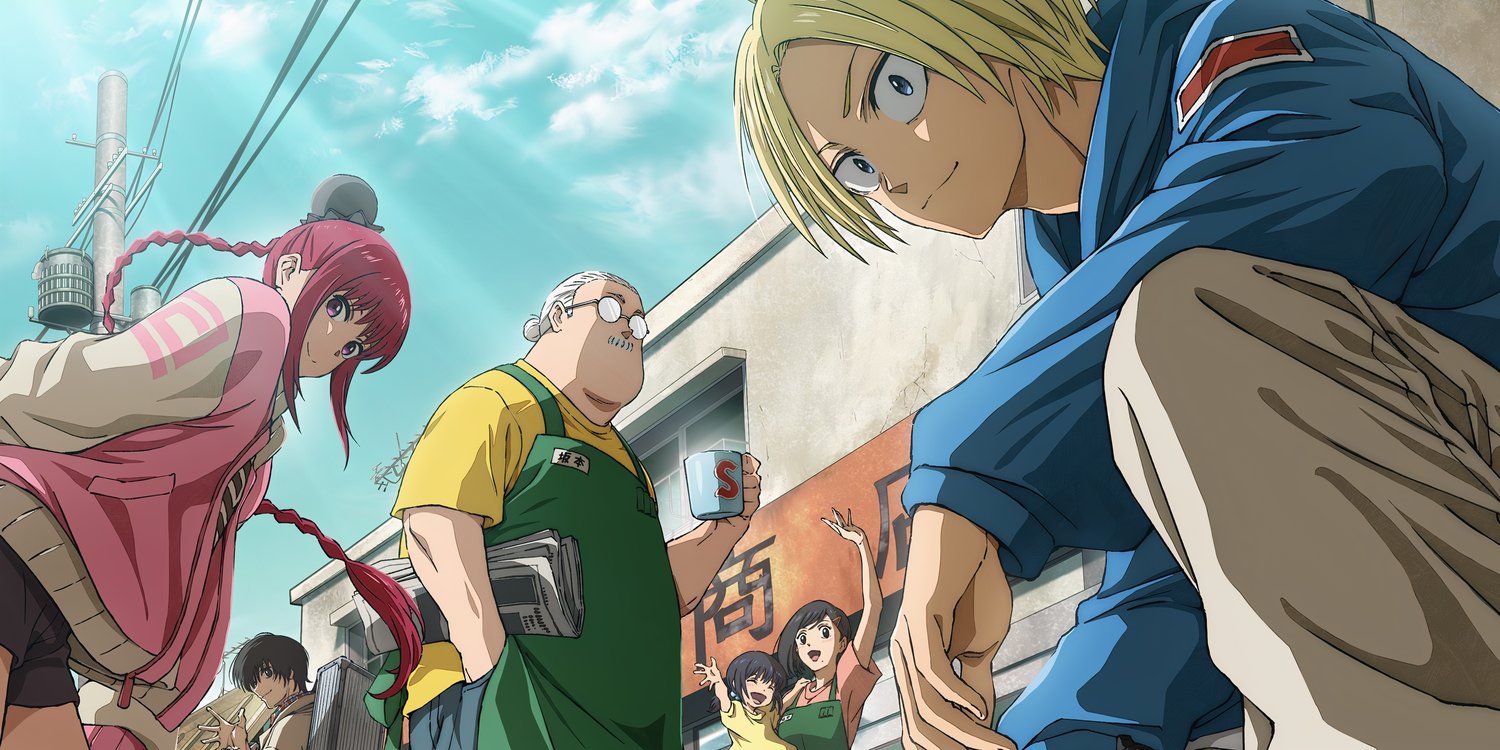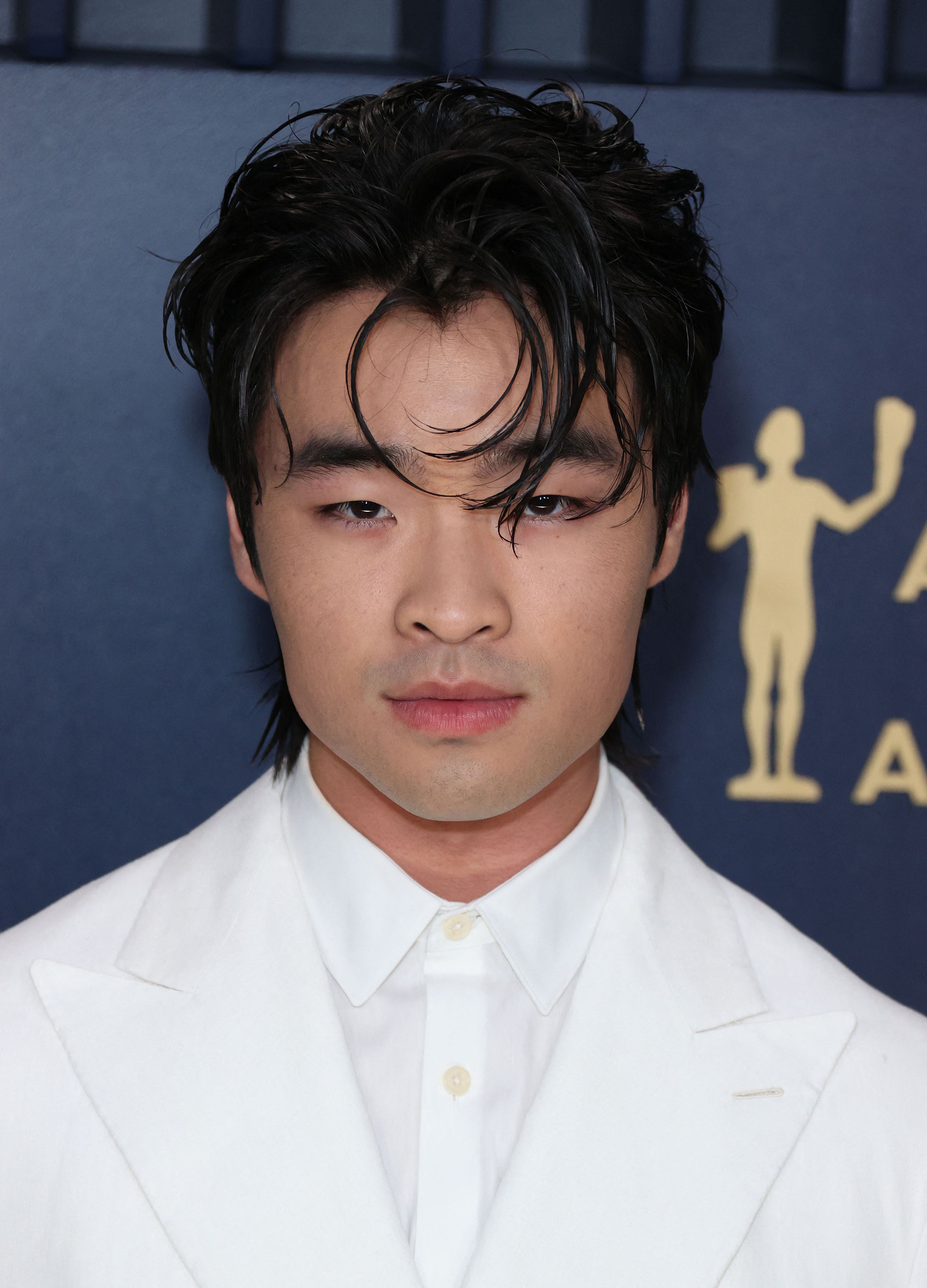Sakamoto Days and its story might feel familiar to Western audiences. The anime follows Toru Sakamoto (Tomokazu Sugita), a quiet, stoic father who runs a convenience store alongside his wife, Aoi (Nao Tōyama), as they try to live a peaceful, suburban life. There’s only one catch — Toru was formerly the deadliest assassin in the world and now has to deal with the irresistible bounty on his head, as well as the countless hitmen sent to kill him by the Yakuza.
The story of the retired, stoic action hero with nothing to lose has graced our cinemas for decades, prevailing as one of the most successful formulas for an action blockbuster. Classic Westerns like Unforgiven and 3:10 To Yuma carried the trope through the 20th century, while movies like Taken, John Wick, and Nobody have prevailed as some of the most popular action franchises in recent years. The original Manga author and Sakamoto Days creator, Yuto Suzuki, loves Hollywood action cinema and has cited films like John Wick and The Equalizer among his inspirations for his story. It’s hard to stand apart from your predecessors, especially in a genre almost as popular as superhero movies. Nevertheless, Toru Sakamoto has an undeniable appeal and still stands out from a sea of retired killers dragged back into action.
Sakamoto’s Physicality Gives Him and Edge
In an interview with Manga Plus, Shonen Jump Editor Sousuke Ishikawa explains Suzuki’s vision for Sakamoto Days. “I think Suzuki wanted to craft a character with dualities and depth in their personality, such as being “chubby and quiet, but strong.” he’s a hard worker with an appreciation for a modest lifestyle.” While most action stars retain their physicality after retirement, Sakamoto’s love of food makes him lose his intimidating figure. It poses him as a harmless old shopkeeper and a typical, realistic dad who doesn’t stand out. While his appearance adds a comical element to the character, it also symbolizes the key difference between himself and a character like John Wick, he still HAS something to lose — his family.
His wife, Aoi, and daughter, Hana (Hina Kino), represent his humanity, and he was nothing but a weapon without it. It’s because of his promise to Aoi that he refuses to murder the countless assassins sent to kill him. This adds tension to the action, similar to Batman, where the hero must defeat their opponent with a major disadvantage — the inability to kill them. However, it also carries a more optimistic message about redemption, as opposed to vengeance.
While most protagonists initially fight their violent nature, only to finally unleash it during the first act, Toru constantly fights an internal battle throughout his story. This is represented in his physique and how he comically loses weight and reverts to his younger physique when regressing to his more violent nature, only to regain all his weight when he eventually calms down. His alternating physiques also provide a body-positive message to audiences. Sakamoto Days doesn’t associate ripped abs and bulging muscles with the ‘peak male form’ unlike the unrealistic body standards of Hollywood action stars and instead stresses the importance of embracing yourself as you are.
Worldbuilding That Rivals John Wick
The world of Sakamoto Days is a huge factor that sets the show apart from others in its genre. While the criminal underworld is usually a secret society hidden from our own, Sakamoto Days unapologetically lets it seep into everyday life. John Wick initially introduced the world of assassins as a covert society that hides among everyday people. However, as the films continued, it became harder and harder to justify larger-than-life societies and countless warring factions in the present day without anyone noticing. While Sakamoto Days has a relatable, realistic tone on the surface, the world of hitmen and organized crime doesn’t hide in the shadows, and action sequences are carried out without any serious ramifications from the authorities or the general public. At first glance, this might clash with the show’s grounded tone, but it frees the story from the constraints of logistical minutiae and enables audiences to focus on character and theme, similar to shows like The Way of The Househusband.
Like many classic anime series, the show seamlessly blends the supernatural into the real world without a passing thought. Shin (Nobunaga Shimazaki), Toru’s apprentice, is a perfect example of this. Shin is a clairvoyant, and his ability to read people’s minds gives him an edge, but also works in tandem with Toru’s character. As Ishikawa explains, “Since Sakamoto is reserved, having a mind-reading character makes the story move smoothly.” This means Toru can maintain his stoic personality while still communicating his feelings to the audience. Lots of anime series have a supernatural spin, but Shin's ability has a narrative use outside of simple worldbuilding.
Shin further exemplifies Toru’s unique character by resembling the traditional action hero from Hollywood movies of the same genre. Shin is a young, handsome, lethal assassin with a gift that gives him an edge, but even HE is redeemed through Toru’s mentorship, showing how Toru is a character that has progressed beyond the traditional archetype. Most importantly, Shin’s transformation reaffirms the overarching theme – redemption.
'Sakamoto Days' Is About Redemption at Its Core

What makes Sakamoto Days stand out more than anything else, is the theme. A retired killer forced to return to their violent past is a successful archetype that usually comes paired with a revenge plot. John Wick (Keanu Reeves) avenges his dog, and Robert McCall (Denzel Washington) avenges a young girl in The Equalizer, but Toru Sakamoto focuses solely on redemption. Toru was a heartless killing machine who was only redeemed by his wife, who helped him find his humanity, now he does the same for misguided hitmen. Despite the violence and deplorable characters, Sakamoto Days is about redemption at its core. It might be satisfying to watch The Bride (Uma Thurman) finally kill Bill (David Carradine), or Maximus (Russel Crowe) slay Commodus (Jaoquin Phoenix) in the Gladiator arena, but it’s genuinely heartwarming to watch Sakamoto befriend his past enemies and invite them to a family dinner.
Sakamoto Days carries an age-old message of ‘it’s never too late to start again’ in a genre that exclusively argues the opposite. Its unique blend of genres and its unlikely pairing of characters enables it to step out of the shadow of its inspirations, and the story is only just getting started.

Sakamoto Days is available to stream on Netflix in the U.S.












 English (US) ·
English (US) ·